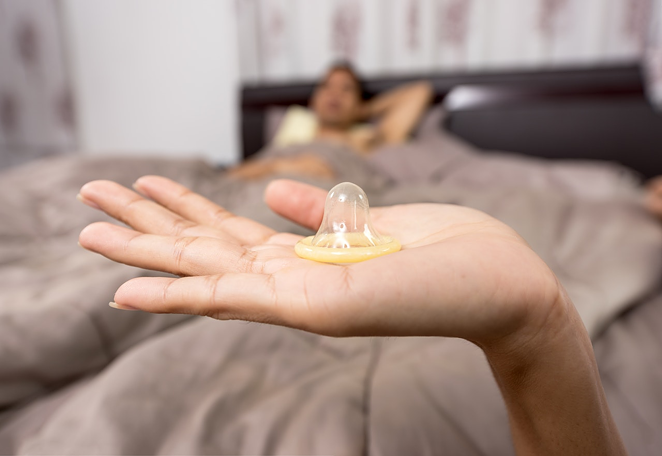Look, Ohio, we obviously have to have a talk.
A birds-and-bees talk.
A safety talk.
Because, Buckeyes, we’ve got a lot of gonorrhea.
According to the Sexually Transmitted Disease Surveillance report from the Centers for Disease Control and Prevention (CDC), Ohio is No. 14 in the country for cases of gonorrhea. Data from the 2019 calendar year, which was released this week, shows that there were 26,065 reported cases in the Buckeye State, at a rate of 223 per 100,000 people.
We’re also not doing too well with chlamydia. In 2019, Ohio had 65,393 cases of chlamydia, at a rate of 559.4 cases per 100,000 people. That was good enough for No. 22 on the CDC’s national list.
Kentucky reported 7,379 cases of gonorrhea and 20,911 cases of chlamydia in 2019, according to the report.
If you slept through sex-ed class in middle school and high school (or if that kind of health talk was banned in your school or state), here’s what gonorrhea and chlamydia are, according to the CDC:
Gonorrhea is a sexually transmitted disease (STD) that can infect both men and women. It can cause infections in the genitals, rectum, and throat. It is a very common infection, especially among young people ages 15-24 years. You can get gonorrhea by having vaginal, anal, or oral sex with someone who has gonorrhea. A pregnant woman with gonorrhea can give the infection to her baby during childbirth.
Chlamydia is a common STD that can infect both men and women. It can cause serious, permanent damage to a woman’s reproductive system. This can make it difficult or impossible for her to get pregnant later on. Chlamydia can also cause a potentially fatal ectopic pregnancy (pregnancy that occurs outside the womb).
Using latex condoms during vaginal, anal and oral sex significantly lowers your risk of getting or spreading these infections, the CDC says.
But apparently, that’s not happening enough, because STD cases throughout the nation reached an all-time high for the sixth consecutive year, the CDC reports.
Gonorrhea cases increased 56% between 2015 and 2019, numbering 616,392. Chlamydia saw a 19% increase, or 1.8 million cases. And syphilis, which creates sores on your sexy parts or mouth, increased 74% since 2015, to nearly 130,000 cases in 2019, according to the CDC
There were more than 2.5 million reported cases of chlamydia, gonorrhea and syphilis in 2019 — a sharp increase over previous years.
That’s… uh… concerning.
“Less than 20 years ago, gonorrhea rates in the U.S. were at historic lows, syphilis was close to elimination and advances in chlamydia diagnostics made it easier to detect infections,” Raul Romaguera, acting director for CDC’s Division of STD Prevention, says in a press release. “That progress has since unraveled, and our STD defenses are down. We must prioritize and focus our efforts to regain this lost ground and control the spread of STDs.”
In its expansive report, the CDC notes that Black people, gay and bisexual men, and other minority groups experienced the sharpest increases in STDs in 2019 due to systemic health inequities.
“Focusing on hard-hit populations is critical to reducing disparities,” Jo Valentine, associate director of the Office of Health Equity in CDC’s Division of STD Prevention, says in the release. “To effectively reduce these disparities, the social, cultural and economic conditions that make it more difficult for some populations to stay healthy must be addressed. These include poverty, unstable housing, drug use, lack of medical insurance or regular medical provider, and high burden of STDs in some communities.”
Read the CDC's full report. Learn more about STDs.
And if you need access to condoms, visit HIV/AIDs nonprofit Caracole's "harm reduction supply" vending machine in Northside. The machine dispenses Narcan/Naloxone (for injection and nasal spray), safer injection kits (sans syringes*), pregnancy tests, condoms, safer smoking kits, PPE, bandages and sharps containers.


